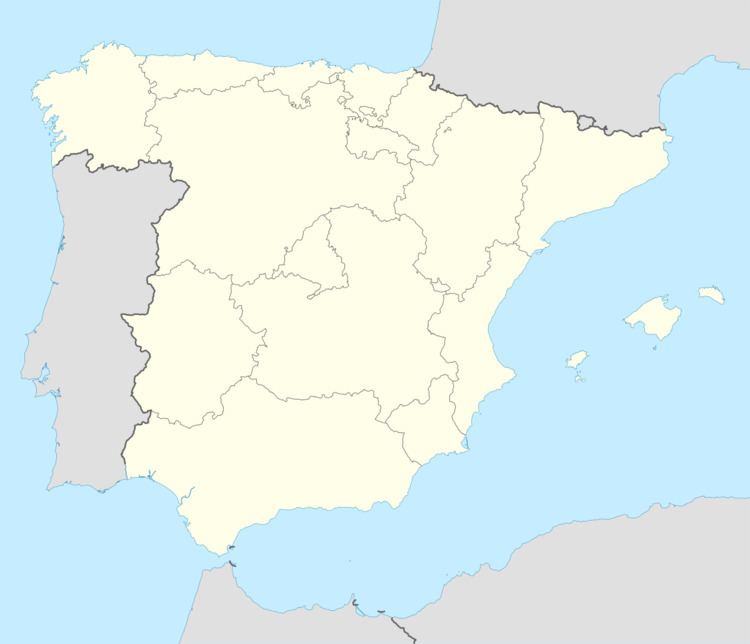Country Spain Comarca Tierras Altas Time zone CET (UTC+1) Area 176.2 km² Local time Tuesday 4:36 AM | Elevation 1,177 m (3,862 ft) Climate Cfb Population 588 (2014) | |
 | ||
Weather 7°C, Wind W at 6 km/h, 87% Humidity | ||
San Pedro Manrique is a municipality located in the province of Soria, Castile and León, Spain. As of 2009, it had 626 inhabitants. Since mid-nineteenth century this municipality has aggregated smaller villages.
Contents
Map of 42174 San Pedro Manrique, Soria, Spain
There is a deposit of lead in the municipality.
Villages
History
To the French revolution the town was a constitutional municipality in the region of Castilla la Vieja, Soria. in the census of 1842 counted on 138 homes and 550 neighbors.
In the 19th century the municipality incorporated
At the end of the 20th Century the municipality incorporated
A January 1, 2010 the population was 639 inhabitants, 359 men and 280 women.
Economy
The town is known for the Spicy sausage produced in San Pedro Manrique. The area is mainly reliant on livestock, agriculture, food industry (chacinera), hospitality, forestry and local services.
Folkculture
It is known for its unique celebration of San Juan. At parties, some women called "Móndidas" dressed in traditional costume wearing huge "cestaños" (a kind of basket filling stones for stability, and containing a roulade and several rolls), decorated with flowers and three "arbujuelos" (tree branches covered with unleavened bread colored with saffron). On the night of San Juan, known as the Paso del Fuego a bonfire next to the shrine of the Virgen de la Peña is lite and when it has burnt to embers, the natives remove their shoes and their feet tread the lighted embers. It is very possible that these parties are residue of a pagan pre-Christian holiday, and the name of móndida, come from Maenad. The event is classified as a place of ethnological interest by the Castile and Leon government.
In 2011, a scientific study of Paso Fire sparked global interest. In this study, the scientists showed an effect of the passage of fire to synchronize the heartbeat of practitioners and spectators.
